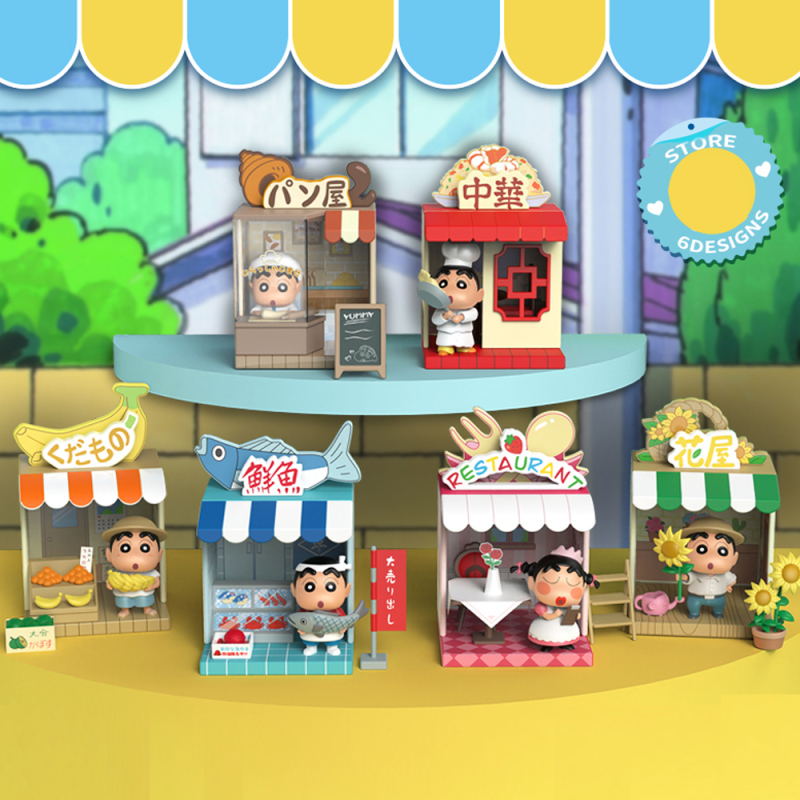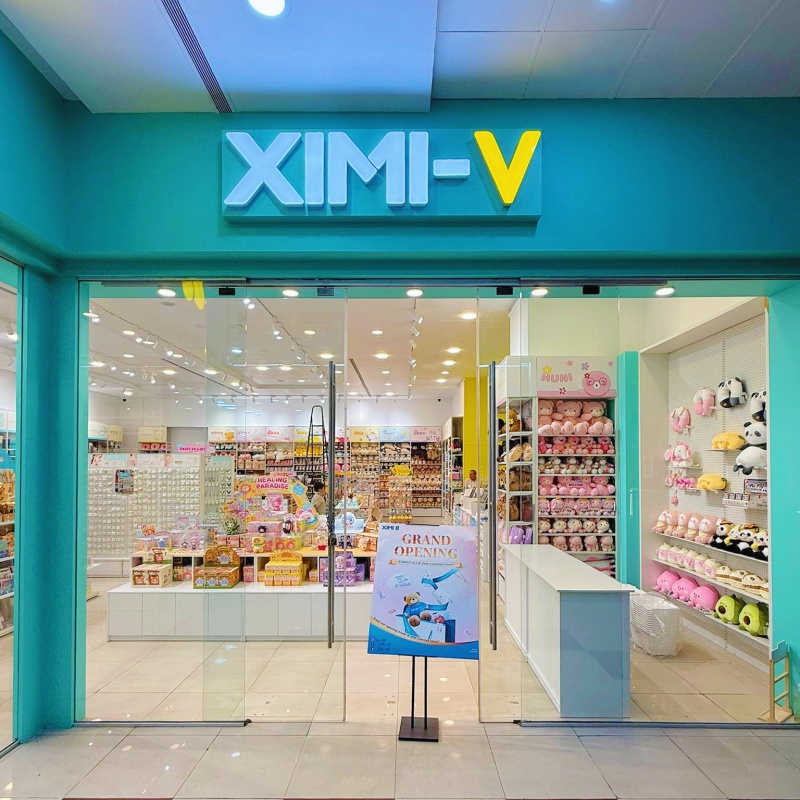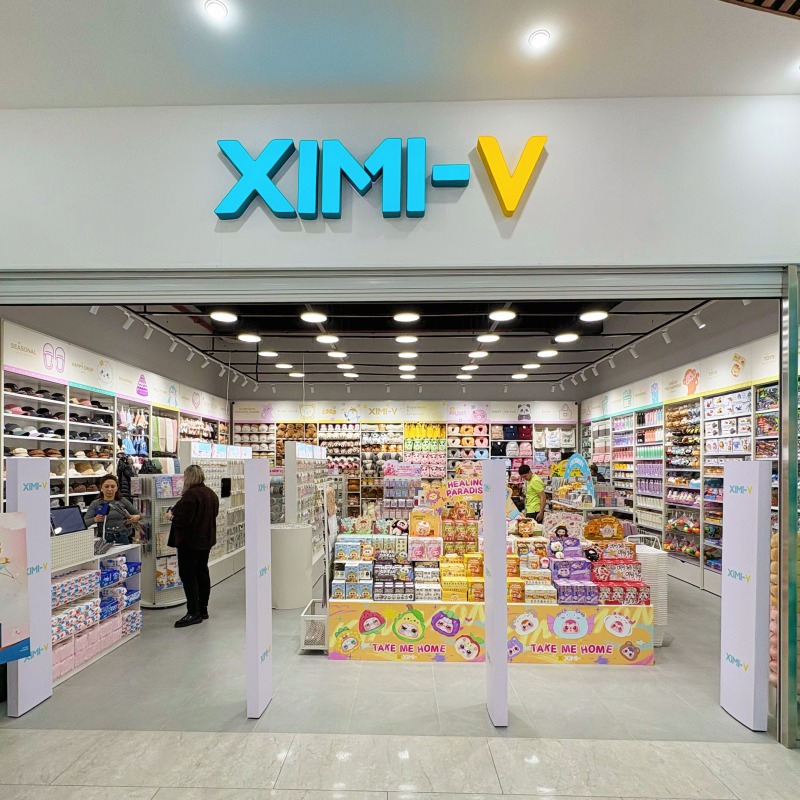XIMIVOGUE Tips on Integrating Online and Offline Businesses
Author: Celia| Keywords chosen by Celia
Some businesses start with a brick-and-mortar store and expand into the digital world, while others start online and eventually open a brick-and-mortar store.
Combining online and offline retail in your business plan can increase your reach and sales. Think of it as another revenue stream for your existing store or a backup plan for when customers can't buy through a particular channel.
So how can retailers combine brick-and-mortar with e-commerce? Here's how you can integrate both to create a seamless shopping experience across both channels.
How to integrate online and offline retail business?
1. Employ omnichannel marketing
The term omnichannel is often used as a synonym for this fusion of stationery retail and e-commerce.
An omnichannel marketing strategy ensures consistent brand messaging and user experience whether customers interact with your brand through a brick-and-mortar store, website, or mobile app.
Keep your employees informed about how to reach customers, collect emails, and drive cross-platform marketing campaigns.

2. Enhance the in-store experience
Previously, shopping in a brick-and-mortar store was seen as an experience, while online shopping was only considered for the convenience it could offer. Now we see that the opposite is true: people want their in-store shopping experience to be as seamless as possible.
Customers still enjoy coming to a store to touch and try products and get advice from knowledgeable staff. By having salespeople accompany customers through the store, you can use these desires to your advantage.

3. Implement in-store pickups
Some customers may want to pick up their online purchases in-store if they want to avoid shipping costs, don't want to wait for delivery, or want to see the actual product before completing the transaction.
Giving customers the option to pick up their orders in-store is an appealing idea: a visit creates an opportunity for them to browse and make further purchases.
Offering in-store pickup also means that you don't lose customers if your online store doesn't have a particular product, size, or color in stock.

4. Use inventory management systems
Maintaining inventory consistency across physical and online channels is key.
With a well-integrated inventory management system, you can easily sync your online products with your in-store inventory.
This integration makes it easier to spot trends and ensure your most popular items are well-stocked. Not only that but managing your inventory in one place also helps you manage how you sell it.

5. Focus on post-purchase services
Here's the post-purchase experience for most online stores: customers receive tracking information, their package is delivered, and they get a delivery confirmation and a thank you message. But do you do this with in-store purchases?
Post-purchase interactions provide opportunities for upselling and cross-selling. Follow-up emails can recommend similar products, inform customers of special offers, or introduce new products. Smart online methods include sending reorder emails to encourage customers to reorder products or requesting reviews to strengthen social proof.


 XIMIVOGUE Minimalism Series Jewelry Pieces Redefined for Modern Lifestyles
XIMIVOGUE Minimalism Series Jewelry Pieces Redefined for Modern Lifestyles
 XIMIVOGUE New Store in Malaysia
XIMIVOGUE New Store in Malaysia
 Relive Your Childhood with XIMIVOGUE Crayon Shin Chan Collection
Relive Your Childhood with XIMIVOGUE Crayon Shin Chan Collection
 XIMIVOGUE Opened a New Store in Syria
XIMIVOGUE Opened a New Store in Syria
 XIMI-V New Store in Kokshetau Kazakhstan
XIMI-V New Store in Kokshetau Kazakhstan




